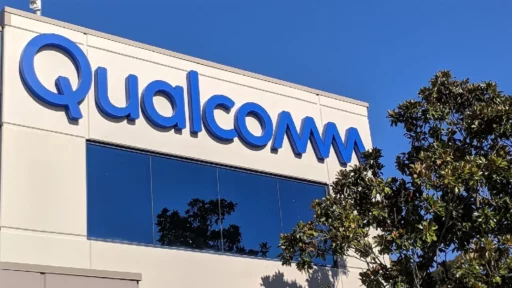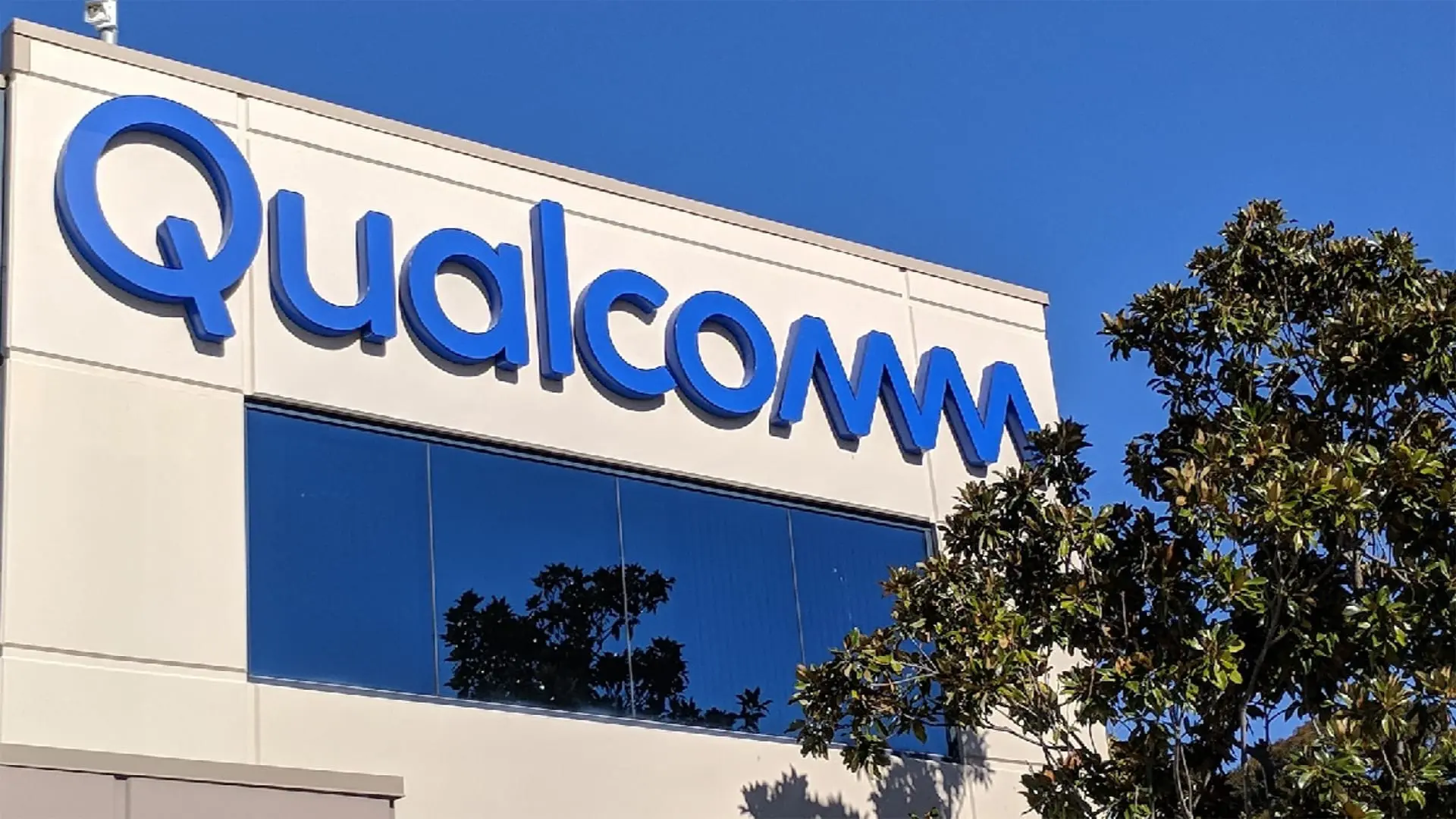Qualcomm Inc., a global leader in wireless technologies and semiconductors, plays a foundational role in the mobile, IoT, and automotive sectors. Best known for its Snapdragon processors and 5G modem technologies, Qualcomm powers billions of smart devices worldwide. While the company is synonymous with innovation in connectivity and mobile computing, it is also increasingly focused on integrating sustainability across its products, operations, and supply chain.
As a fabless semiconductor company, Qualcomm doesn’t manufacture its own chips but works closely with foundries and suppliers, enabling it to drive environmental performance indirectly through design efficiencies and supplier standards. The company’s sustainability strategy aligns with international frameworks such as the United Nations Sustainable Development Goals (UN SDGs) and focuses on climate action, energy efficiency, responsible sourcing, and digital inclusion.
- Qualcomm has committed to net-zero greenhouse gas emissions (Scope 1, 2, and 3) by 2040.
- In 2023, the company achieved 100% renewable electricity for its global operations.
- Qualcomm’s Snapdragon chips are designed to deliver up to 50% improved energy efficiency per generation, enabling more sustainable mobile computing.
Source: https://www.qualcomm.com/company/esg/environmental-sustainability
Sustainability Strategy and Goals
Qualcomm’s sustainability strategy centers on energy-efficient innovation, climate responsibility, and social equity. The company is integrating ESG considerations into its corporate strategy, with a strong emphasis on reducing its carbon footprint and enabling customers to lower theirs through more efficient products.
One of Qualcomm’s key targets is to reach net-zero greenhouse gas emissions across its value chain by 2040, with interim goals to reduce Scope 1 and 2 emissions by 50% and Scope 3 emissions by 25% by 2030 (from a 2020 baseline). Qualcomm’s climate roadmap includes operational decarbonization, supplier engagement, and renewable electricity procurement across all facilities.
Qualcomm is also a member of the Science Based Targets initiative (SBTi) and has aligned its emissions goals with a 1.5°C global warming scenario. Additionally, the company supports environmental conservation through water management, waste reduction, and sustainable packaging.
- Qualcomm aims to reduce Scope 1 and 2 emissions by 50% and Scope 3 emissions by 25% by 2030.
- The company achieved 100% renewable electricity globally in 2023, with ongoing efforts to optimize energy use.
- Qualcomm targets zero waste to landfill in major operations by 2030 and continues to improve material efficiency.
Source: https://www.qualcomm.com/content/dam/qcomm-martech/dm-assets/documents/2023-qualcomm-esg-report.pdf
Key Sustainability Innovations and Technologies
Qualcomm’s approach to sustainability is rooted in energy-efficient chip design. The company’s Snapdragon mobile platforms and system-on-chip (SoC) solutions are engineered to deliver higher performance with lower power consumption, which directly contributes to reducing emissions associated with mobile devices and data processing.
Qualcomm’s chipsets are widely used in smartphones, automotive systems, industrial IoT, and edge AI devices. Its Snapdragon 8 Gen 2, for example, offers up to 40% improved CPU power efficiency compared to its predecessor, reducing the total energy consumption of mobile devices. Additionally, Qualcomm’s AI platforms allow edge devices to process data locally, minimizing the energy and emissions associated with cloud processing.
In automotive and smart infrastructure, Qualcomm provides solutions for vehicle-to-everything (V2X) communication, energy-efficient infotainment, and advanced driver-assistance systems (ADAS), enabling the transition to smarter, more sustainable transport networks.
- Snapdragon 8 Gen 2 delivers up to 40% improved energy efficiency for CPUs and 45% for GPUs over the previous generation.
- Qualcomm’s AI edge solutions reduce energy use by enabling on-device data processing, cutting cloud-related emissions.
- The company’s automotive platforms support energy-optimized navigation, ADAS, and electric vehicle integration.
Source: https://www.qualcomm.com/news/releases/2023/11/snapdragon-8-gen-2-power-efficiency-boosts
Measurable Impacts
Qualcomm’s sustainability programs have delivered significant results, particularly in energy use, emissions reduction, and renewable energy procurement. The company reached 100% renewable electricity usage across all global operations in 2023, contributing to a steady decline in Scope 1 and 2 emissions.
While Qualcomm’s direct emissions are relatively low due to its fabless model, it is working with major foundry partners like TSMC and Samsung to reduce upstream (Scope 3) emissions. Qualcomm is also expanding circularity initiatives, such as optimizing packaging, reducing materials in logistics, and improving device longevity through firmware updates.
The company tracks progress through annual ESG reporting and CDP disclosures, showing transparency and alignment with best practices. Qualcomm is actively developing metrics for product lifecycle carbon analysis, helping OEM partners understand and mitigate the environmental impact of their devices powered by Qualcomm chips.
- Qualcomm reduced Scope 1 and 2 emissions by 20% between 2020 and 2023, despite business growth.
- The company’s 100% renewable electricity milestone covers all global offices and R&D centers.
- Qualcomm’s packaging optimization reduced plastic use by over 65% across key product lines since 2021.
Source: https://www.qualcomm.com/content/dam/qcomm-martech/dm-assets/documents/2023-qualcomm-esg-report.pdf
Challenges and Areas for Improvement
Despite notable achievements, Qualcomm faces several sustainability challenges, particularly around Scope 3 emissions, which constitute the majority of its carbon footprint. These include emissions from semiconductor manufacturing, product use, and end-of-life disposal. As a fabless company, Qualcomm must collaborate closely with suppliers to drive emissions reductions in manufacturing processes it does not directly control.
Another challenge lies in product recyclability and e-waste management, particularly given the short upgrade cycles of smartphones and IoT devices. Qualcomm is addressing this by promoting longer product lifespans and working with OEMs on circular design strategies, but end-of-life stewardship remains an area for improvement.
Additionally, while Qualcomm’s renewable energy progress is strong at the operational level, it must push its suppliers to match those efforts to achieve holistic decarbonization.
- Scope 3 emissions account for over 95% of Qualcomm’s total footprint, requiring deep supplier collaboration.
- Smartphone product lifecycles remain short; Qualcomm aims to increase device longevity through software updates and efficiency.
- Foundry emissions are a key bottleneck; Qualcomm is working with partners to expand low-carbon semiconductor processes.
Source: https://www.qualcomm.com/company/esg/environmental-sustainability
Future Plans and Long-Term Goals
Looking ahead, Qualcomm plans to expand its leadership in energy-efficient mobile and edge computing, aiming to reduce emissions across entire device ecosystems. The company will continue to enhance the power efficiency of its Snapdragon platforms and invest in low-power AI processors for mobile, automotive, and IoT applications.
Qualcomm is also focused on increasing supplier accountability, aiming for 80% of key suppliers to set science-based emissions targets by 2025. The company is scaling its internal environmental management systems and increasing its use of life cycle assessments (LCAs) for future chip platforms.
Additionally, Qualcomm will continue investing in 5G and edge AI solutions that enable energy savings across sectors such as agriculture, smart cities, and logistics—supporting global decarbonization beyond its direct footprint.
- Qualcomm targets net-zero emissions across all scopes by 2040, with strong interim goals for 2030.
- By 2025, the company aims for 80% of its supply chain to set verified emissions reduction targets.
- Continued innovation in AI and 5G systems will help accelerate digital decarbonization in industries such as agriculture, logistics, and energy.
Source: https://www.qualcomm.com/company/esg/environmental-sustainability
Comparisons to Industry Competitors
Qualcomm’s sustainability performance aligns closely with other leading semiconductor companies, though its fabless model creates unique opportunities and limitations. It compares favorably to peers such as NVIDIA, Intel, and MediaTek in areas like energy-efficient chip design and renewable energy adoption.
NVIDIA: NVIDIA emphasizes energy-efficient accelerated computing and aims for net-zero emissions by 2040. Its GPUs offer significant energy savings for AI and data center workloads.
Source: https://www.nvidia.com/en-us/sustainability/
Intel: As a vertically integrated chipmaker, Intel focuses on green manufacturing, net-zero Scope 1 & 2 by 2040, and water-positive operations.
Source: https://www.intel.com/content/www/us/en/corporate-responsibility/sustainability.html
MediaTek: The Taiwanese chipmaker is working on energy-efficient SoCs for mobile and edge AI but has yet to match Qualcomm’s climate goals or transparency.
Source: https://www.mediatek.com/company/sustainability
- NVIDIA achieved 100% renewable energy in U.S. operations and targets 30% Scope 3 reductions by 2030.
- Intel uses 93% renewable electricity globally and has restored over 2 billion gallons of water in 2022.
- MediaTek is investing in low-power designs but has limited Scope 3 data disclosure.
Our Thoughts
Qualcomm is making strong, measurable progress in integrating sustainability into its business model—from energy-efficient chip design to net-zero operational goals. Its technologies not only reduce its own emissions but also help decarbonize entire industries through low-power edge AI, 5G efficiency, and smart IoT ecosystems.
While Qualcomm must work harder to reduce Scope 3 emissions through supplier collaboration and product lifecycle management, its track record on renewable energy and energy-efficient innovation sets a solid foundation. With continued investment in sustainable design, supplier engagement, and industry-wide decarbonization, Qualcomm is well positioned to be both a technology and climate leader in the semiconductor space.
Source: https://www.qualcomm.com/company/esg/environmental-sustainability






